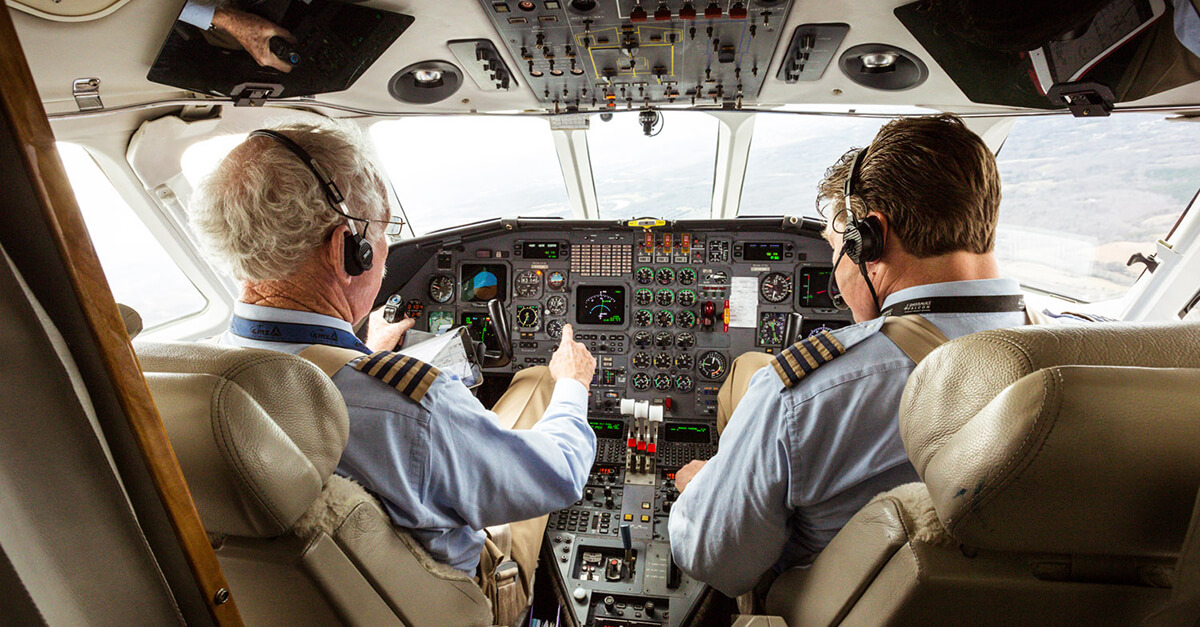
Aug. 30, 2020
There are NextGen improvements happening across the aviation system, including those related to NOTAMS, and the work being done to make them more user friendly for you – especially in an era when so many pilots and others are turning to personal devices for the critical mission information in the reports.
Several NOTAM and aeronautical information (AI) modernization initiatives hit their stride in the last few years, with industry and government representatives around the world collaborating to make these products more easily accessible and digestible to end users.
A recent NBAA News Hour webinar focused on these initiatives, providing an update on progress and discussing important next steps.
In 2018, the industry identified several challenges with NOTAM and AI distribution, including no single point of contact at the FAA, lack of or insufficient filter mechanism and no global harmonization of format or content.
In the U.S. system, some of these challenges have recently been addressed. There is now a single office for NOTAMs and Aeronautical information, which Abigail Smith, executive director of Aviation Policy and Plans at the FAA and webinar panelist, said has helped the FAA organize information.
Meanwhile, NOTAM Search, launched in February of this year after the sunset of PilotWeb, provides a much more robust filtering mechanism so pilots have easier access to relevant information.
The challenge is not just a U.S.-centric issue – it truly is a global problem, as panelist Alexander Pufahl, information management technical officer with ICAO, shared the global perspective.
The collaborative initiatives are a “renaissance of not just providing data but providing information,” according to Jeff Miller, assistant director, SFO – The Americas at the
International Air Transport Association, adding the key is to present information so it can be quickly assimilated and understood the first time.
Mark Zee, founder of OPSGROUP, said his organization conducted a number of surveys and identified key concerns with NOTAMs and AI, with the top two being the sheer number of NOTAMs published, illustrating this point with an example of a 210-page NOTAM package for a relatively simple trip, and the second, determining the priority of a specific NOTAM. Zee said NOTAMs and other AI should be presented with “geese and herons at the bottom, closed runways at the top.”
The panelists also discussed next steps, which Smith said are dependent upon process improvement, technology improvement and stakeholder engagement.
Panel moderator Heidi Williams, NBAA’s director air traffic services and infrastructure, urged attendees to continue collaborating with regulators in this global effort to modernize NOTAMs and AI.


 International Business Aviation Council Ltd.
International Business Aviation Council Ltd.